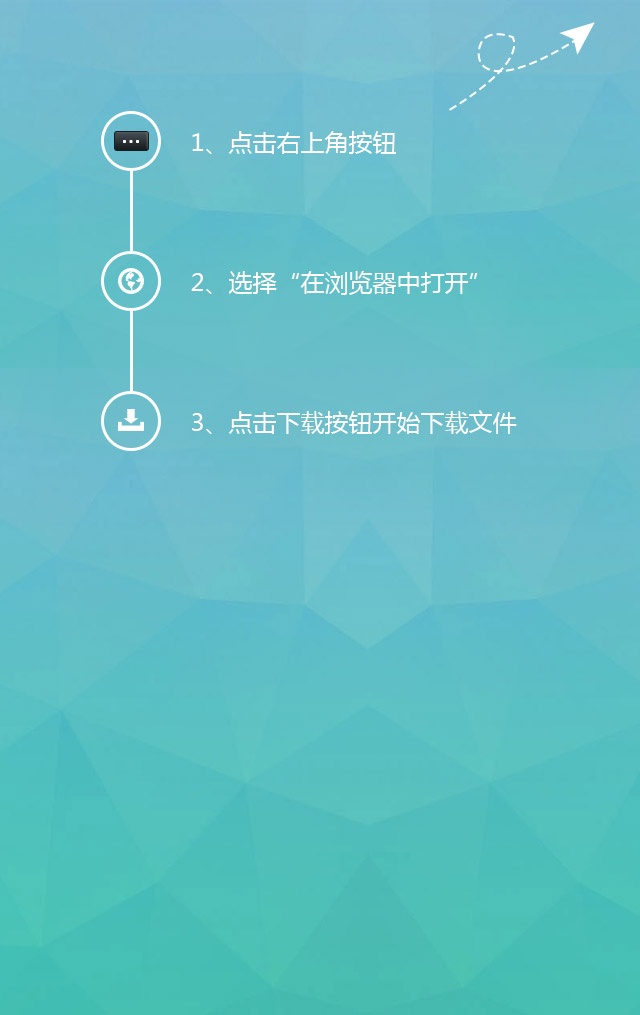Mud detection
Bottom mud is usually a mixture of clay, silt, organic matter, and various minerals. It is formed by depositing at the bottom of the water body after a long time of physical, chemical, and biological action and water transmission. The sediment with a thickness of 0 to 15 cm on the surface is called surface sediment, and the sediment with a thickness of more than 15 cm is called deep sediment.
Bottom mud is the sediment of rivers and lakes and an important part of natural waters. When the water area is polluted, part of the pollutants in the water can be stored in the bottom sludge through precipitation or particulate matter adsorption, and then released under appropriate conditions to become a source of secondary pollution. This type of pollution is called bottom sludge pollution.
Test items:
Mercury, lead, cadmium, copper, zinc, chromium, nickel, arsenic and other heavy metals or inorganic non-metallic toxic substances, total nitrogen, total phosphorus, PH, moisture content, organic matter.
Which industries need exhaust gas monitoring?
1. Government monitoring
2. Environmental status monitoring
推荐
-

-

QQ空间
-

新浪微博
-

人人网
-

豆瓣






